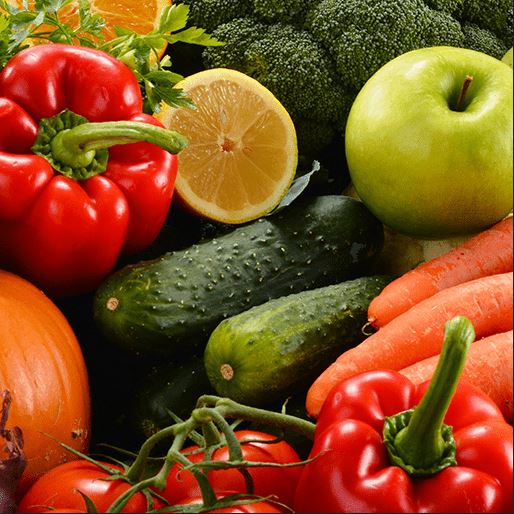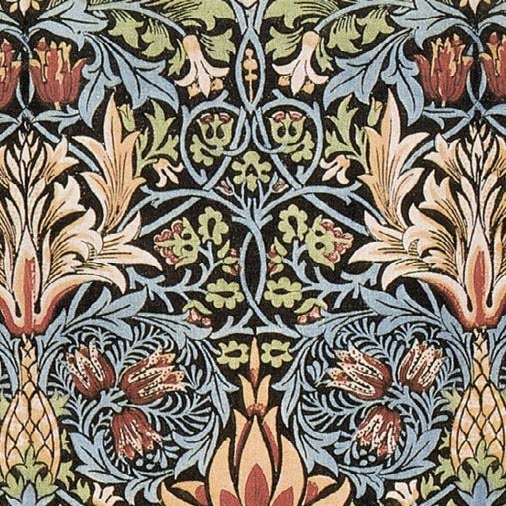Design and Technology
Currciulum Leaders are responsible for Design and Technology. This means ensuring there is an ambitious curriculum set, supporting teachers to implement it through high-quality lessons and checking that everything is helping children to know more, remember more and do more.
If you would like more information in addition to that published on this page, please email:
admin@woodcotschool.co.uk
Purpose of Study
Design and technology is an inspiring, rigorous and practical subject. Using creativity and imagination, pupils design and make products that solve real and relevant problems within a variety of contexts, considering their own and others’ needs, wants and values. They acquire a broad range of subject knowledge and draw on disciplines such as mathematics, science, engineering, computing and art. Pupils learn how to take risks, becoming resourceful, innovative, enterprising and capable citizens. Through the evaluation of past and present design and technology, they develop a critical understanding of its impact on daily life and the wider world. High-quality design and technology education makes an essential contribution to the creativity, culture, wealth and well-being of the nation.
Aims
The National Curriculum - DT key stages 1 to 2
-
Develop the creative, technical and practical expertise needed to perform everyday tasks confidently and to participate successfully in an increasingly technological world
-
build and apply a repertoire of knowledge, understanding and skills in order to design and make high-quality prototypes and products for a wide range of users
-
critique, evaluate and test their ideas and products and the work of others
-
understand and apply the principles of nutrition and learn how to cook
Intent
At Woodcot, the intent of our Design and Technology (D&T) curriculum is to provide a stimulating and enriching experience that fosters creativity, critical thinking, and problem-solving skills. We believe that:
Creativity and Innovation: D&T encourages pupils to express their creativity and develop innovative solutions to problems, promoting a growth mindset and resilience.
Real-World Application: We aim to connect learning experiences to real-life contexts, ensuring that pupils see the relevance and application of their skills and knowledge in various fields.
Inclusive Education: Our D&T curriculum is designed to be inclusive, catering to the diverse needs and abilities of all learners, and encouraging collaboration and communication among peers.
Sustainability and Ethical Design: We emphasise the importance of sustainability and responsible design practice, encouraging pupils to consider the environmental impact of their creations.
Implementation
Our D&T curriculum is structured to provide a rich learning experience through:
Curriculum Design: A progressive framework aligning with the National Curriculum, allowing a smooth transition from early concepts to Key Stage 2 projects.
Hands-On Learning: Practical activities using various materials and tools to reinforce theoretical knowledge.
Interdisciplinary Links: Incorporating D&T with other subjects like Science and Art to enhance relevance and understanding.
Assessment and Feedback: Formative assessments and constructive feedback to support continuous improvement.
Professional Development: Ongoing training for staff in the latest D&T methodologies.
Community Involvement: Collaborations with local businesses for real-world project engagement.
Impact
The impact of our D&T programme is evident in:
Pupil Engagement: High levels of enthusiasm and openness in D&T lessons.
Skill Development: Proficient skills in design and making by the end of Key Stage 2.
Creativity: Diverse and innovative projects that showcase pupils' unique styles.
Collaboration: Effective teamwork and communication demonstrated in group projects.
Sustainable Mindset: Growing awareness of sustainability and its importance.
Community Connections: Positive feedback from local partners highlighting pupils' skills and creativity.
Year 1 - Autumn
 Shade and Shelter
Shade and Shelter
This project teaches children about the purpose of shelters and their materials. They name and describe shelters and design and make shelter prototypes. Children then design and build a play den as a group and evaluate their completed product.
Year 2 - Autumn
 Remarkable Recipes
Remarkable Recipes
This project teaches children about sources of food and tools used for food preparation. They also discover why some foods are cooked and learn to read a simple recipe. The children choose and make a new school meal that fulfils specific design criteria.
Year 3 - Autumn
 Cook Well, Eat Well
Cook Well, Eat Well
This project teaches children about food groups and the Eatwell guide. They learn about methods of cooking and explore these by cooking potatoes and ratatouille. The children choose and make a taco filling according to specific design criteria.
Year 4 - Autumn
 Fresh Food, Good Food
Fresh Food, Good Food
This project teaches children about food decay and preservation. They discover key inventions in food preservation and packaging, then make examples. The children prepare, package and evaluate a healthy snack.
Year 5 - Autumn
 Moving Mechanisms
Moving Mechanisms
This project teaches children about pneumatic systems. They experiment with pneumatics before designing, making and evaluating a pneumatic machine that performs a useful function.
Year 6 - Autumn
 Food for Life
Food for Life
This project teaches children about processed food and healthy food choices. They make bread and pasta sauces and learn about the benefits of whole foods. They plan and make meals as part of a healthy daily menu, and evaluate their completed products.
Year 1 - Spring
 Taxi!
Taxi!
This project teaches children about wheels, axles and chassis and how they work together to make a vehicle move.
Year 2 - Spring
 Beach Hut
Beach Hut
This project teaches children about making and strengthening structures, including different ways of joining materials.
Year 3 - Spring
 Making It Move.
Making It Move.
This project teaches children about cam mechanisms. They experiment with different shaped cams before designing, making and evaluating a child's automaton toy.
Year 4 - Spring
 Functional and Fancy Fabrics
Functional and Fancy Fabrics
This project teaches children about home furnishings and the significant designer William Morris. They learn techniques for decorating fabric, including block printing, hemming and embroidery and use them to design and make a fabric sample.
Year 5 - Spring
 Eat the Seasons
Eat the Seasons
This project teaches children about the meaning and benefits of seasonal eating, including food preparation and cooking techniques.
Year 6 - Spring
 Engineer
Engineer
This project teaches children about remarkable engineers and significant bridges, learning to identify features, such as beams, arches and trusses. They complete a bridge-building engineering challenge to create a bridge prototype.
Year 1 - Summer
 Chop, Slice and Mash
Chop, Slice and Mash
This project teaches children about sources of food and the preparatory skills of peeling, tearing, slicing, chopping, mashing and grating. They use this knowledge and techniques to design and make a supermarket sandwich according to specific design criteria.
Year 2 - Summer
Cut, Stitch and Join
This project teaches children about fabric home products and the significant British brand Cath Kidston. They learn about sewing patterns and using a running stitch and embellishments before making a sewn bag tag.
 Push and Pull
Push and Pull
This project teaches children about three types of mechanism: sliders, levers and linkages. They make models of each mechanism before designing and making a greetings card with a moving part.
Year 3 - Summer
 Greenhouse
Greenhouse
This project teaches children about the purpose, structure and design features of greenhouses, and compares the work of two significant greenhouse designers. They learn techniques to strengthen structures and use tools safely. They use their learning to design and construct a mini greenhouse.
Year 4- Summer
 Tomb Builders
Tomb Builders
This project teaches children about simple machines, including wheels, axles, inclined planes, pulleys and levers, exploring how they helped ancient builders to lift and move heavy loads.
Year 5 - Summer
 Architecture
Architecture
This project teaches children about how architectural style and technology has developed over time and then use this knowledge to design a building with specific features.
Year 6- Summer
 Make, Do, and Mend
Make, Do, and Mend
This project teaches children a range of simple sewing stitches, including ways of recycling and repurposing old clothes and materials.
